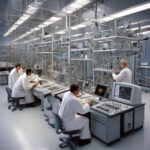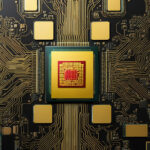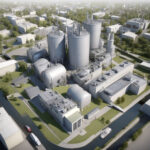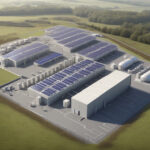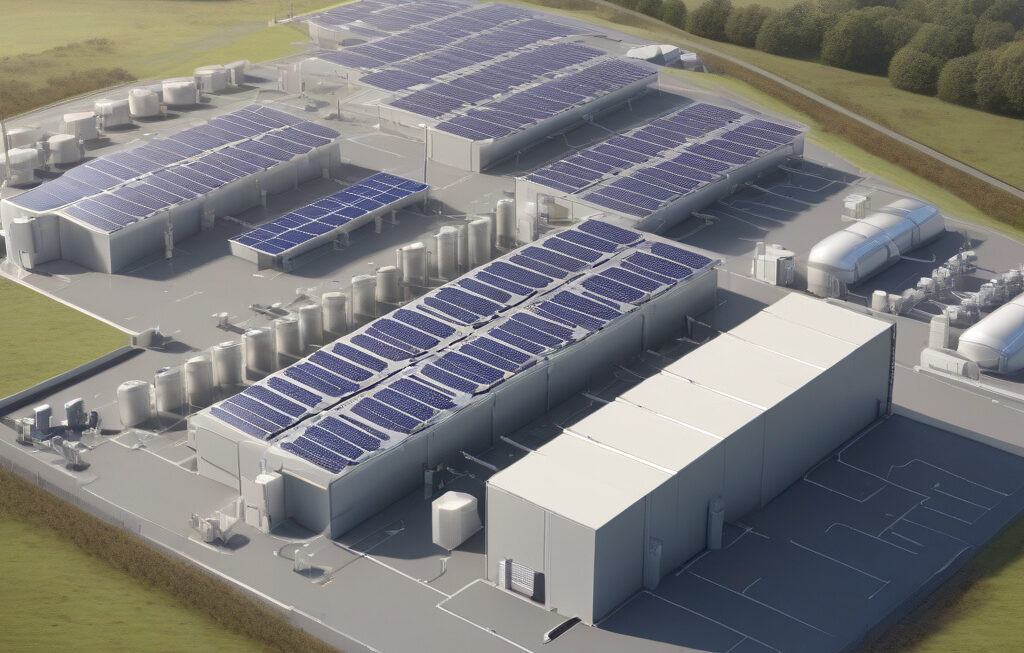The Perfect Handshake: New Tough Solar Cell Hits 25% Sunlight-to-Electricity Conversion Efficiency
A team of scientists in the U.S. have developed a new material that significantly boosts the efficiency of solar cells, reaching an impressive 25% sunlight-to-electricity conversion rate. This breakthrough in solar technology not only sets a new standard for renewable energy but also paves the way for a more sustainable future.
Traditional solar cells have long been limited by their efficiency in converting sunlight into electricity, with most commercial models hovering around 15-20% efficiency. However, the new tough solar cell, developed by a dedicated team of researchers, has shattered this barrier by achieving a remarkable 25% efficiency rate. This means that a quarter of the sunlight that hits these solar cells is successfully converted into usable electrical power, marking a significant advancement in the field of solar energy.
What sets this new solar cell apart is the innovative material used in its construction. The scientists behind this groundbreaking technology have incorporated cutting-edge materials that enhance light absorption and electron transport within the solar cell, resulting in higher efficiency levels. By optimizing these key processes, they have been able to maximize the conversion of sunlight into electricity, pushing the boundaries of what was once thought possible.
The implications of this achievement are vast and far-reaching. With solar energy playing an increasingly crucial role in the transition to a greener, more sustainable energy landscape, improvements in efficiency are key to driving widespread adoption. By boosting the efficiency of solar cells to 25%, this new technology has the potential to make solar power more cost-effective and accessible to a broader range of consumers and industries.
In addition to its impressive efficiency rate, the new tough solar cell also boasts enhanced durability and resilience. The materials used in its construction are designed to withstand harsh environmental conditions, making it a viable option for a variety of applications, from rooftop solar panels to solar farms in remote locations. This durability not only extends the lifespan of the solar cell but also reduces maintenance costs, further enhancing its appeal to consumers and businesses alike.
As the demand for clean, renewable energy sources continues to grow, innovations like the new tough solar cell are instrumental in driving the transition towards a more sustainable future. By pushing the boundaries of solar technology and achieving unprecedented levels of efficiency, scientists are paving the way for a world powered by clean energy. With further research and development, the potential for even higher efficiency rates and more advanced solar technologies is within reach, offering hope for a brighter, greener tomorrow.
In conclusion, the development of the new tough solar cell with a 25% sunlight-to-electricity conversion efficiency represents a significant milestone in the field of solar energy. By harnessing the power of innovative materials and cutting-edge technology, scientists have unlocked new possibilities for sustainable energy production. As we look towards a future powered by clean, renewable energy, breakthroughs like this bring us one step closer to achieving that vision.
solarcell, renewableenergy, sustainability, innovation, cleanenergy

